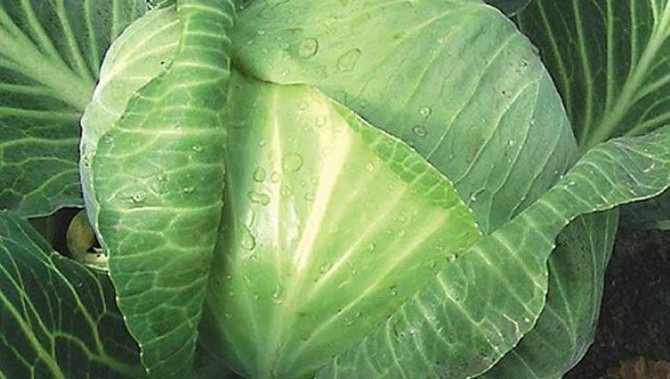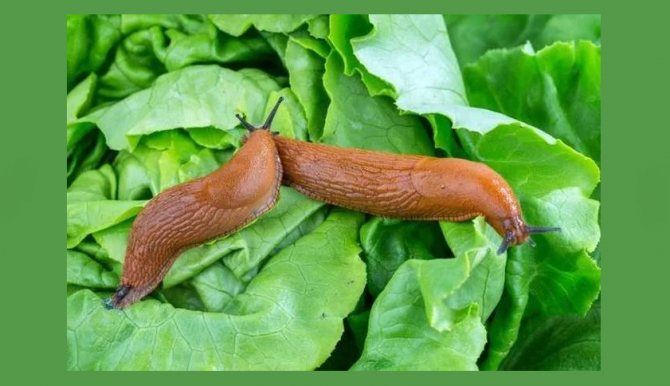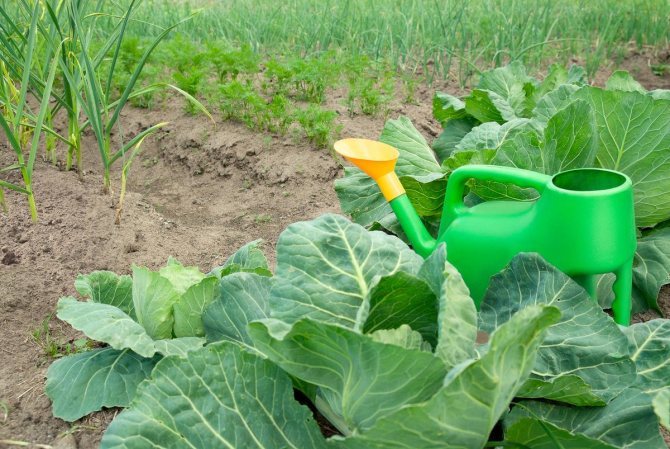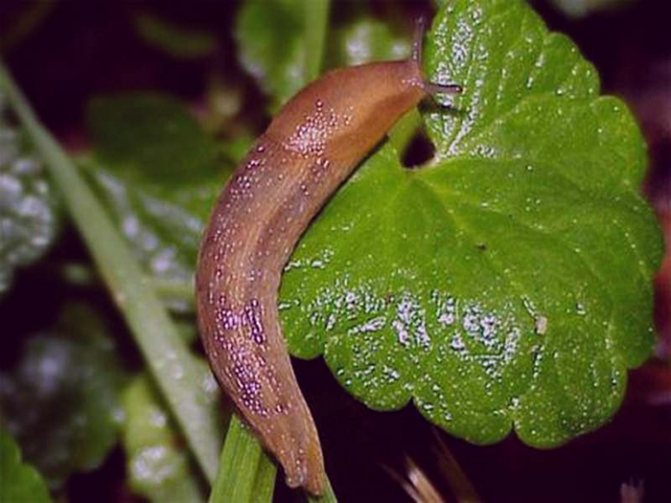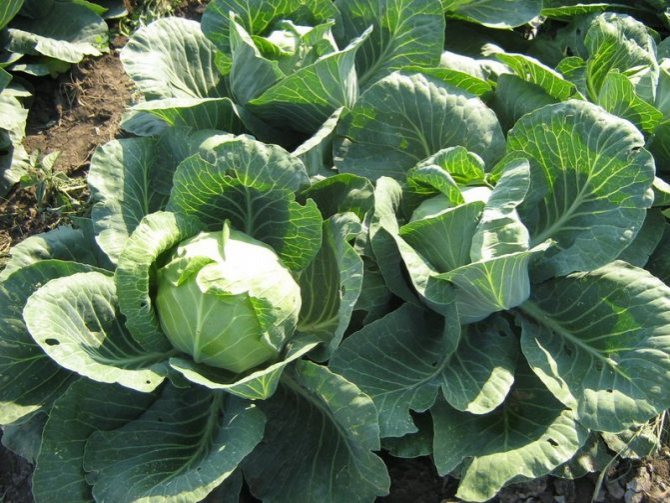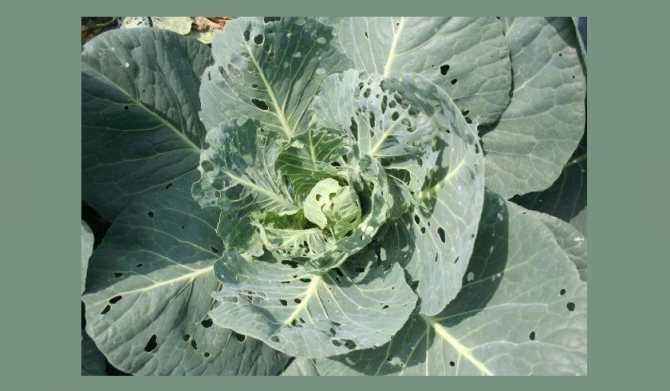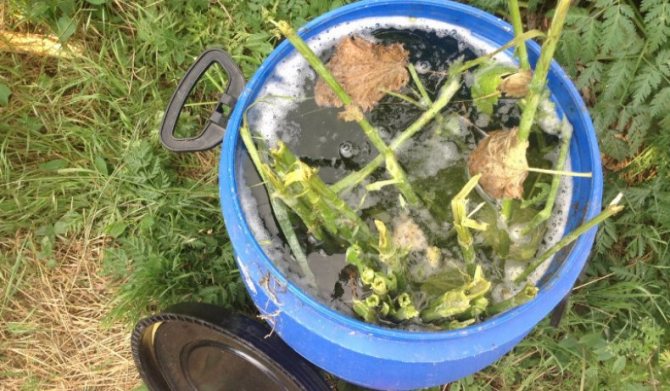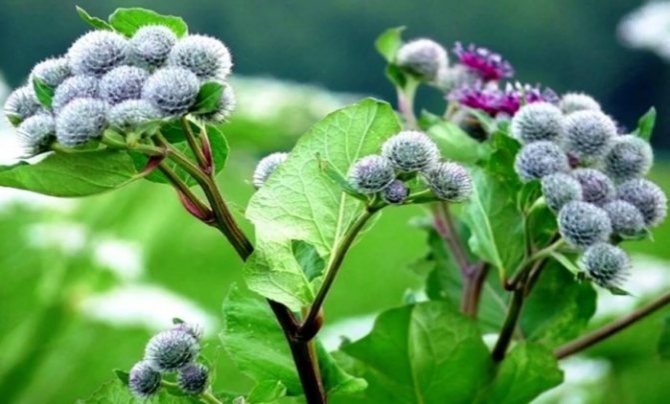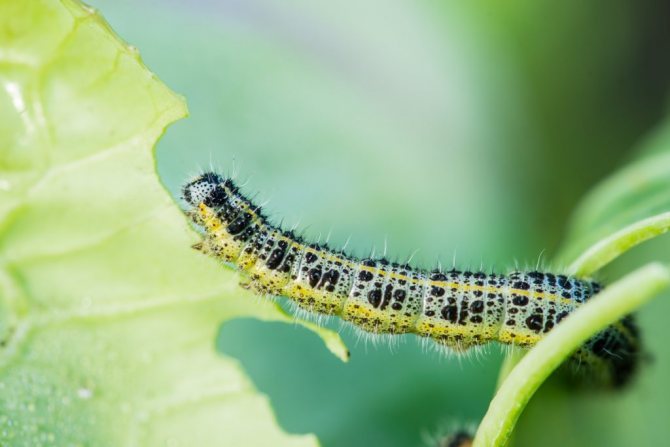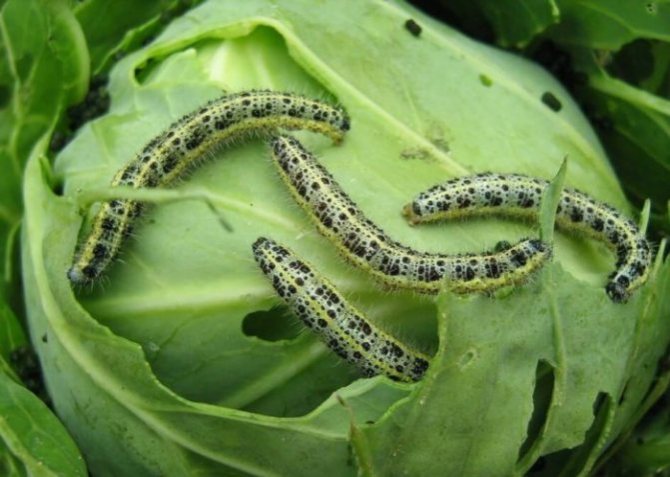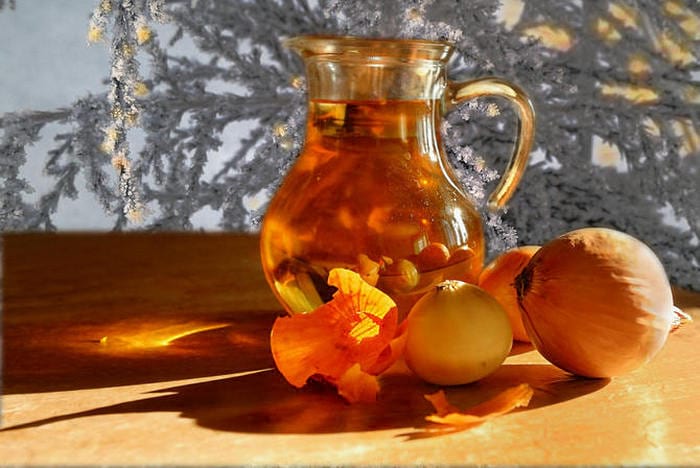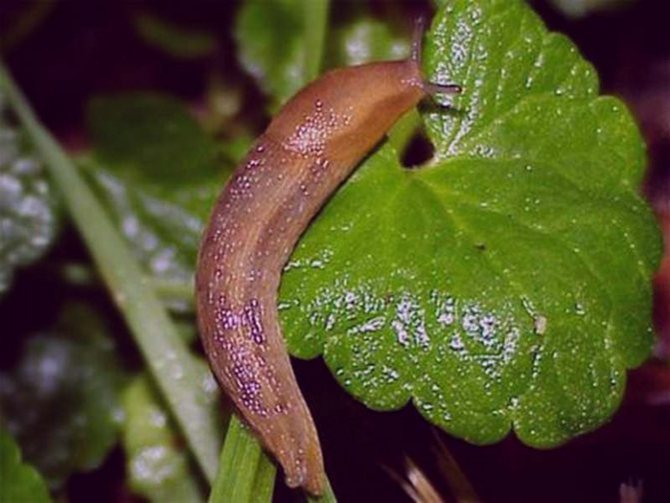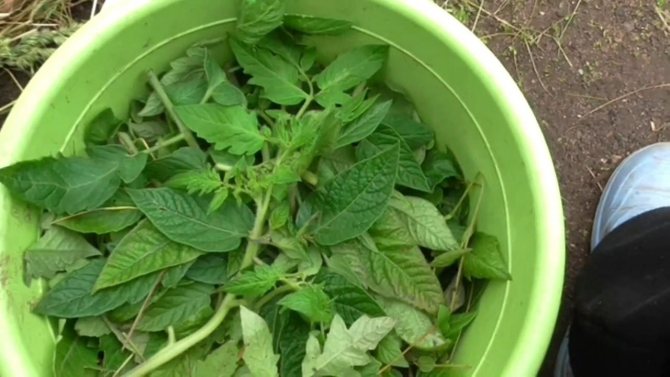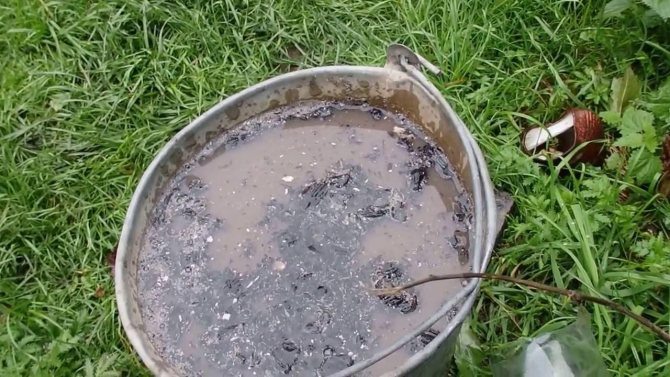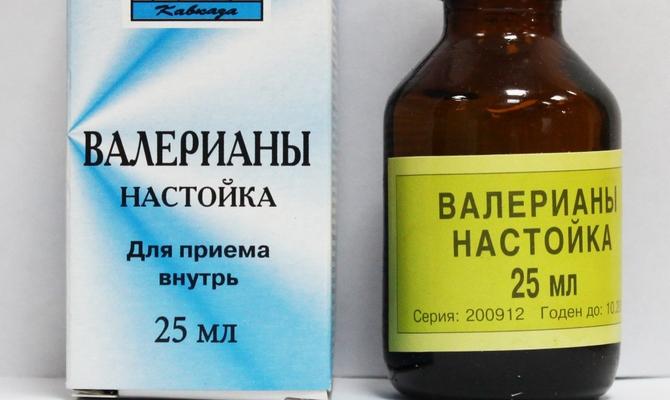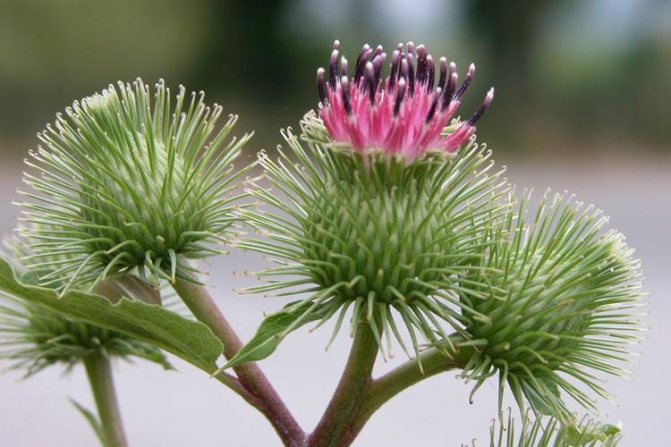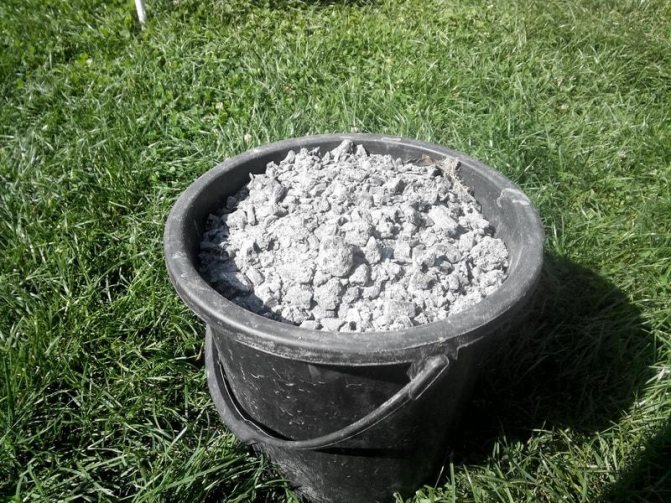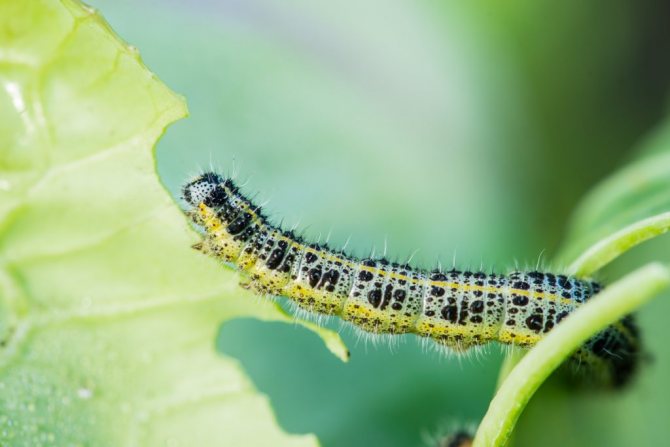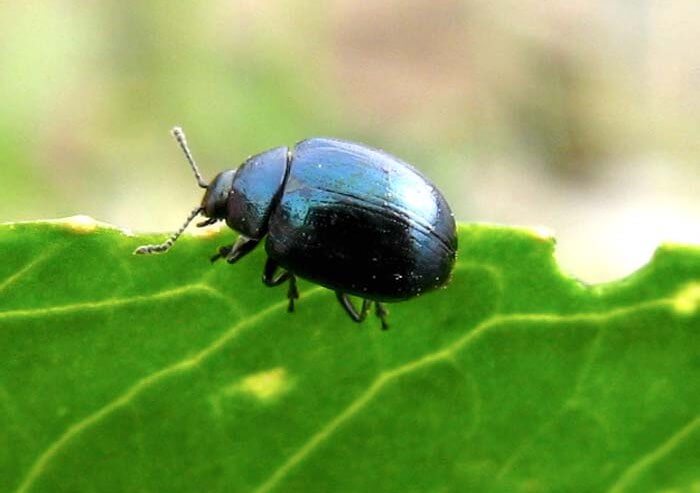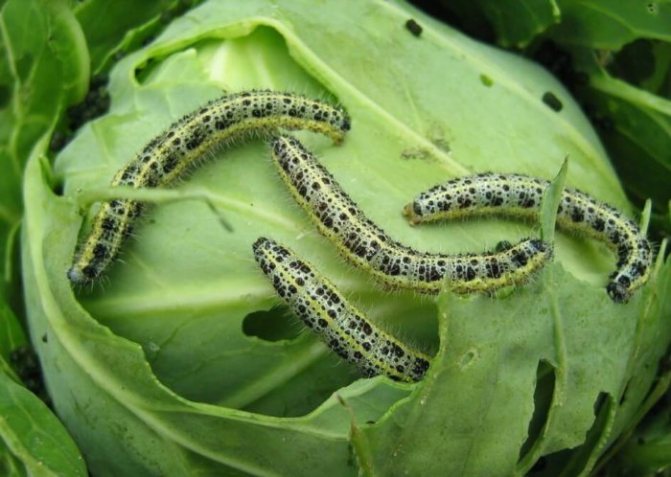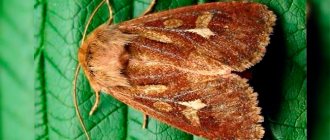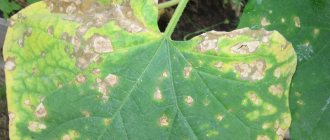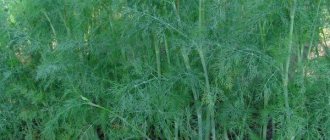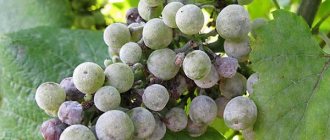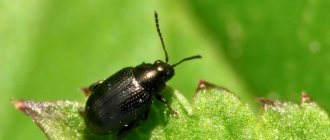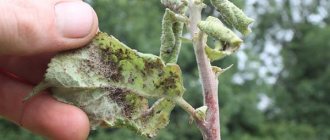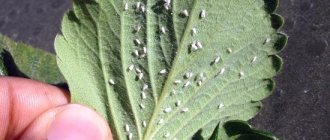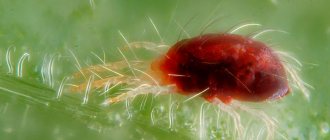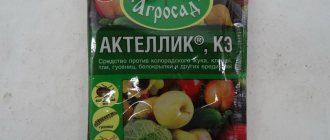Cabbage attracts many pests: a slug, aphid, a worm, a snail and, of course, caterpillars can damage the plant. Butterflies fluttering over cabbage beds are a signal that you should seriously think about how to get rid of caterpillars on cabbage. Pests damage leaves, shoots, slow down development and can lead to the death of the plant.
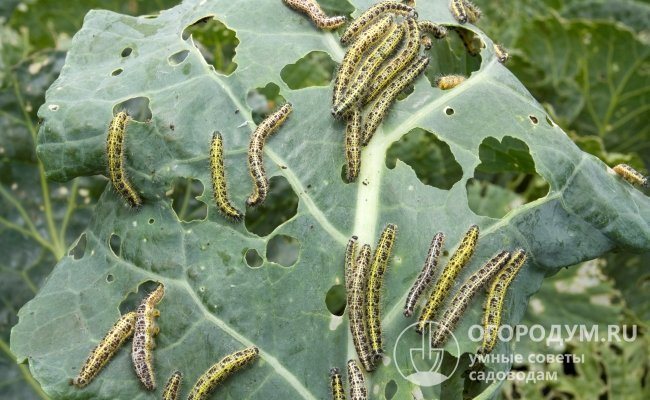
Butterfly larvae can ruin the entire crop if not taken urgently.
How to get rid of caterpillars and slugs on cabbage with folk remedies: tips, recipes


Slugs on cabbage
Gardeners are increasingly using folk methods for pest control. They are safe for green crops and human health. Today, there are many popular ways to combat cabbage caterpillar and slugs. Here are some tips before getting started:
- Treat crops in the morning or evening, but not during the scorching sun, as this can harm the plants.
- If it rains after processing, the procedure will have to be repeated, otherwise the caterpillars will attack the beds again.
- Do not make the solution for future use. Prepare it one time just before use.
Advice: Be sure to constantly inspect the flow of cabbage in order to timely notice the appearance of clutches of eggs or slugs and begin an immediate fight against them.
Here are some effective ways to deal with cabbage slugs:
- Beer. It doesn't matter which beer you use: stale or fresh, caterpillars are attracted by the smell of this drink. Prepare some small plastic containers or regular glass jars. Bury them near cabbage bushes, and pour beer into the container. The mollusks have a delicate scent, they will immediately feel the aroma that attracts them, and crawl towards it. After they enter the beer tanks, you need to collect the slugs and burn them outside the garden.
- Instant coffee. It is necessary to brew double instant coffee and sprinkle cabbage leaves with this drink. It helps well not only for slugs, but also for cabbage flies.
- Traps. You can make them from old rags that need to be wetted. Burlap or even old boards will do. Wet the surface of the board or cloth well with water and spread it near the beds. When the slugs crawl onto the wet traps, collect them and burn them behind the site.
- Close access to the beds. It is known that caterpillars and slugs crawl, moving with the sole on the abdomen on flat surfaces. So that they do not make their way to the beds, you can pour chopped shells of eggs, nuts, shellfish or coarse sand around the perimeter of the cabbage planting. Such a rough surface is an obstacle for slugs, since wounds can appear on their thin body.
These are some of the simplest and most effective ways to combat cabbage pests. There are other methods of struggle. Read below.
other methods
- When do caterpillars eat cabbage and how to get rid of them? If for some reason you do not want or cannot process the plant with the methods listed above, then alternatively, you can use ordinary baking soda and flour in equal shares (you can also add a small amount of pollen from any plant of the cruciferous family there). You just need to sprinkle the resulting mixture on the leaves through a strainer. Caterpillars on such a "diet" die, and the plants are not harmed at the same time.
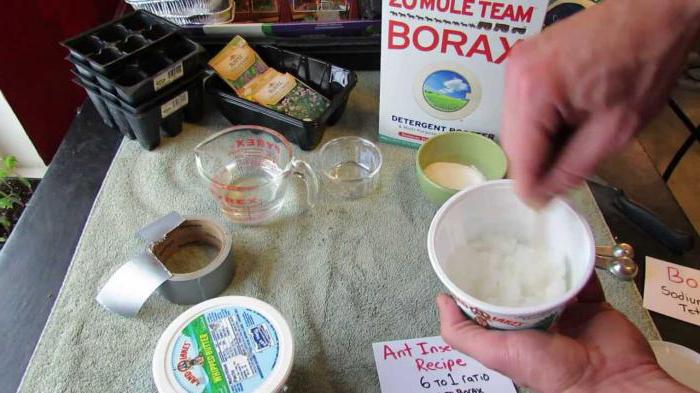

- Another way to protect your cabbage from caterpillars is to plant aromatic plants like celery, calendula, thyme, marigolds, or nasturtium next to it. All of them smell very strong, so they will scare away the cabbage scoop and the whitewash.
How to treat cabbage from caterpillars and slugs with baking soda: folk recipes
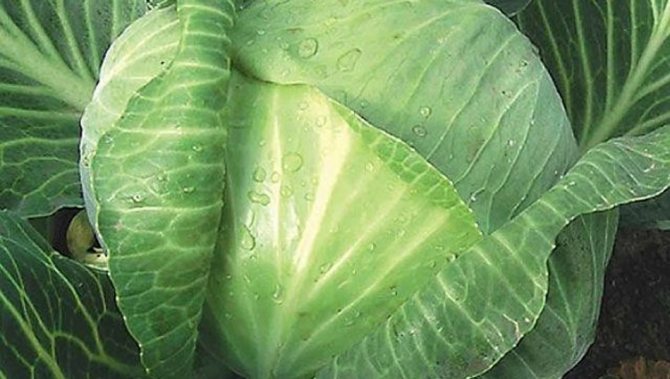

Healthy cabbage leaves without slugs
A baking soda solution is one of the most effective ways to control pests in your garden. Baking soda is used in a variety of forms, but more often as a solution. Experienced gardeners use this antiseptic even at the stage of seed soaking, as a preventive measure, but this will be discussed below.
What to do if slugs are already on the cabbage leaves, how to treat them with baking soda? Here is the prescription:
- Dissolve 10 grams of baking soda in 5 liters of warm, settled water.
- Stir well and sprinkle on the leaves.
You can even water the beds with this solution, since baking soda also fertilizes the soil, replenishing the lack of nutrients.
You can also mix baking soda with ash. (2 tablespoons of soda per liter jar of ash) and sprinkle cabbage leaves with this powder. After the rain, this technique will have to be repeated.
Another recipe for fighting slugs:
- Dissolve 10 grams of soda in 5 liters of water.
- Add 2 gristle of plain white flour and stir well.
- Then collect the pollen (how much will turn out - you will not collect much of it) and also put it in the solution.
- Stir the mixture well and drizzle over the cabbage leaves.
Slugs and caterpillars that fall off should not lie or crawl between the beds. They need to be collected and burned outside the garden. This recipe is used by older experienced gardeners as the best cabbage pest control recipe.
Signs and causes of appearance
The main reason for the appearance of such pests on cabbage beds is non-observance of the rules of agricultural technology concerning:
- tillage in the autumn-spring period;
- compliance with the rules of crop rotation;
- carrying out preventive treatments and feeding;
- quarantine measures for newly acquired cultivated plants.
In the pupal stage, caterpillars overwinter in the upper layers of soil and plant debris. With the arrival of heat, they are transformed into adults and begin to lay eggs.
Did you know? In the body of a caterpillar, there are about 4,000 muscles, while in the human
their body is only 629. The muscles in the body of the larva play the role of a bone skeleton.
The main signs of the presence of caterpillars in areas planted with cabbage:
- the presence of dark inclusions on cabbage leaves is the excrement of caterpillars, which inhibit the processes of photosynthesis and provoke the onset of fungal diseases;
- holes in the leaves;
- loss of turgor by leaves (intracellular pressure);
- stopping plant growth.
How to poison caterpillars and slugs on cabbage with vinegar: folk recipes
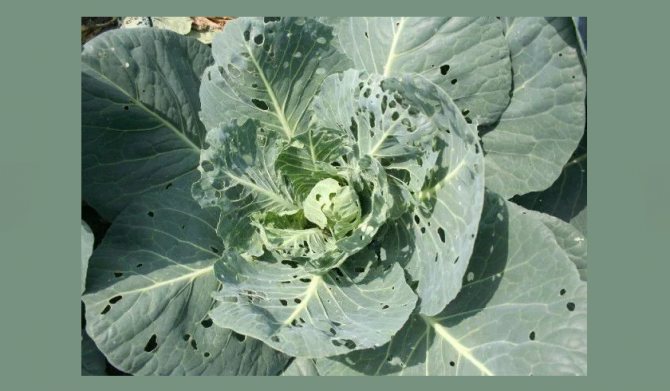

Cabbage leaves eaten by slugs or caterpillars
To combat cabbage pests, 9% table vinegar is used. Here are the effective recipes you can make in a matter of seconds:
- Add 2 cups (400 ml) vinegar to a 10 liter bucket of water... Mix well and sprinkle with cabbage leaves. Perfectly helps to cope with pests on seedlings or already adult heads of cabbage.
- Dissolve 1 cup of 9% vinegar and 50 grams of ammonia in 10 liters. Stir the solution well and sprinkle on the leaves. Helps with slugs and caterpillars of the Repnitsa and Belyanka butterflies.
- Dissolve 1 cup of 9% vinegar and 2 tablespoons of coarse salt in 10 liters of water. Moisten the leaves generously with the solution. Helps with butterflies, cabbage moths and slugs.
Vinegar is always in the house, so you can prepare such a solution without difficulty. Spray it on the leaves every 10 days and after rain.
Description of the pest
The caterpillars that eat cabbage are butterfly larvae. Adult females lay their eggs on the inside of cabbage leaves. In a short life cycle, butterflies reproduce 3 generations of their own kind. Each clutch contains 100 eggs.
The larvae emerging from eggs need a lot of food to be able to move on to the next stage of development (pupa). In the caterpillar stage, butterflies can be from several days to several years, depending on the species. Caterpillars crawl out to the surface of cabbage mainly at night, and during the day they hide inside the fork or closer to the base of the leaves (at the initial stage of plant vegetation).
Important! Caterpillars, painted in bright, frightening colors and covered with a lot of hairs, are most often poisonous. Upon contact with such insects, the human skin becomes covered with a rash.
Immediately after hatching, caterpillars are very slender, with a short body. As they grow older, their length increases 15 times. The color of the larva's body, depending on the species, can vary from green to dark brown. In the front part of the body there are 3 pairs of real legs, in the abdominal region - 3-4 pairs of false legs. During the entire larval period, the insect molts several times. Ultimately, the caterpillar pupates and undergoes a complete process of metamorphosis, turning into an adult winged individual - an imago (butterfly).
A complete list of butterfly larvae that feed on cabbage leaves:
- cabbage white - green caterpillars with light stripes along the back and light yellow spots on the sides;
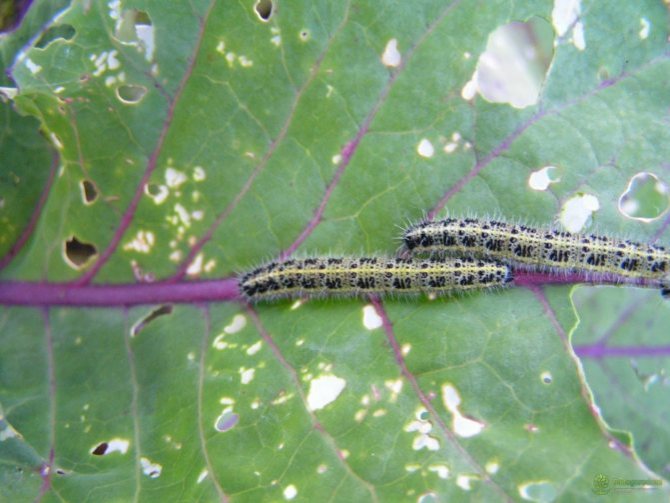

- cabbage moth - as it grows up, the color of the caterpillar varies from green to lemon yellow with pronounced dark dots;


- scoop - the color of the larvae can be gray, green, yellowish, gray-brown, very rarely brightly colored individuals are found;


- turnip - greenish caterpillars with a longitudinal yellow stripe on the back and yellow dots on the sides.
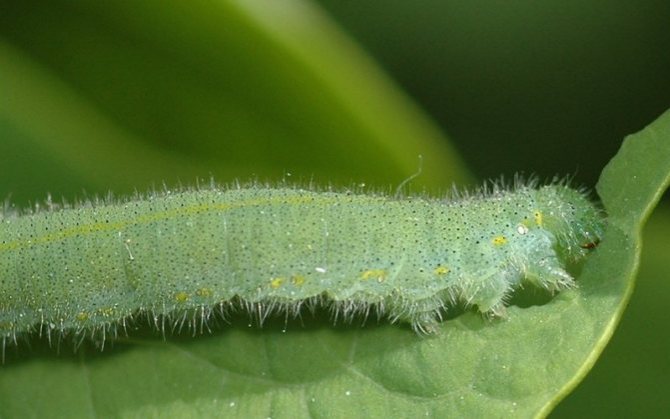

Processing cabbage from caterpillars with toothpaste: folk recipes


Toothpaste
Seasoned gardeners have long been using toothpaste to combat garden pests. You don't have to buy new tubes for this.
- You can collect used tubes during the winter, and then, when it's time to fight insects, cut them up and soak them in a bucket of water for a day, and in the evening stir the solution and spray the cabbage.
- If you threw away the used tubes and you need to fight pests now, then buy the cheapest toothpaste. Then dissolve 2 tablespoons of this dentifrice in a bucket of water and spray on the cabbage in the evening - at sunset.
In the morning you will not find a single insect in the beds. Where they go is unknown. Most likely, insects will crawl to another place. But you don't even have to remove the fallen bodies of slugs or caterpillars from the beds - it's convenient.
Ammonia from caterpillars on cabbage: folk recipes


Ammonia
If you did not have the necessary ingredients and you could not prepare a solution according to the above recipes, then you can use ammonia. Prepare the following mixture from it:
- Dissolve fifty milliliters of ammonia in 10 liters of water.
- Add 1 glass of ash.
- Stir and spray the plants in the evening before sunset. Two such treatments per season are enough.
Instead of ash, you can add 2 tablespoons of shavings of laundry soap to the solution. Thanks to the soap, the solution will stay on the leaves for a long time and drive away slugs and caterpillars. Such a mixture of drugs and water will surely drive harmful insects out of the garden.
Traditional methods
With this vegetable, the main problem is that there are relatively few substances than to process cabbage from caterpillars with folk remedies. The most common varieties of cabbage are cabbage, and the wrapped leaves will not allow the rains to wash away the preparations. Therefore, you need to choose such substances that will not harm your health, or when cooking, disassemble the cabbage into leaves and wash each of them.
One of the folk remedies for cabbage caterpillars is the mechanical collection of butterfly larvae and eggs. To do this, you must wear gloves, since the daytime caterpillars are covered with bristles.
You can protect cabbage from caterpillars by planting repellent plants between the beds:
- dill;
- cilantro;
- celery;
- marigold;
- parsley;
- sage;
- calendula.
Pests do not like the smell of these plants and this allows them to scare away butterflies from cabbage.


Caterpillar repellent plants
You can save cabbage from caterpillars if you spread finely chopped eggshells on plantings. Butterflies do not lay eggs in the occupied area. Seeing white particles on the cabbage, the butterfly “thinks” that the eggs have already been laid by someone else and flies on.
On a note!
Another way to get rid of caterpillars on cabbage with folk remedies without using any substances is to pull a fine mesh over the beds. The net should allow sufficient sunlight to pass through, but prevent butterflies from landing on cabbage for laying eggs.
Bay leaf against caterpillars on cabbage: folk recipes


Bay leaf
The easiest way to deal with caterpillars and slugs on cabbage is to spread the bay leaf in the garden next to the crop seedlings. The smell of lavrushka will scare away insects. You can also make a solution that will effectively help in the fight not only with these crawling insects, but also with the cabbage fly.
- Pour ten grams of bay leaves with one liter of boiling water.
- Insist the solution for half an hour or an hour, until it cools completely.
- Then thoroughly moisten the leaves with this solution, repeat after five days and after rain.
Remember: If you want to remove the cabbage fly with bay leaves, this method is effective until the fly has laid the larvae. If this has already happened, then you need to resort to chemical treatment.
How to prevent reappearance of caterpillars
To get a good harvest, caterpillars must be fought in advance. It is recommended to carry out preventive measures:
- Use a covering material over the planted vegetables. A metal mesh with fine mesh or the finest spunbond will do. This method prevents butterflies from approaching plants and laying eggs.
- Regularly fight the weed in the summer cottage. It is especially important to remove the grass, the cruciferous family (shepherd's purse, colza) - they are most attracted to flocks of butterflies.
- Plant plants with a strong odor around the perimeter or between rows (mint, marigold, tansy, sage).
- If the volumes of cabbage are small, then the physical method is the most effective. Once a week, inspect the underside of the cabbage leaf and remove the egg clutches.
Getting strong cabbage sockets in the country without difficulty will not work. Like any other vegetable, this plant needs timely care. By carrying out preventive maintenance on time, you will be able to save time, money and your own health.
Garlic against caterpillars on cabbage: folk recipes
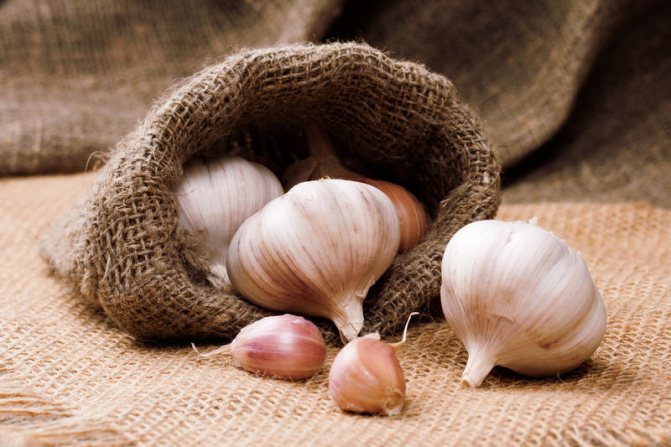

Garlic
Garlic is known to everyone as the best antiseptic in the fight against microbes and bacteria of various origins. Gardeners also use it if they need to remove slugs and caterpillars from cabbage. Here is the prescription:
- Make an infusion from tomato leaves, onion stalks and garlic (both stems and heads can be used).
- The solution should be saturated and odorous.... You will need about 3 kilograms of tomato tops, 1 kilogram of onion and garlic feathers, or 10 heads of garlic. Instead of onion feathers, you can use onion peels (how much will fit in a half liter jar).
- Pour boiling water over it all (10 liters) and leave for 24 hours. Then sprinkle on the cabbage.
If you don't want to pick tomato tops and onion skins, you can chop 10 heads of garlic and add 8 liters of boiling water. Let the solution stand until it cools, and then moisten the cabbage leaves with plenty of it.
The best chemicals for slugs and caterpillars on cabbage: instructions for use
Chemicals are also actively used by gardeners in pest control. Such modern tools will help you quickly and mercilessly deal with caterpillars and slugs. The most popular such chemicals are:


The best chemicals for slugs
Remember: It is necessary to spray the solution in dry, calm weather. Be sure to protect your face with a mask, your eyes with glasses, and your body with thick clothing.
Biological fight against caterpillars and slugs: recommendations, preparations, instructions
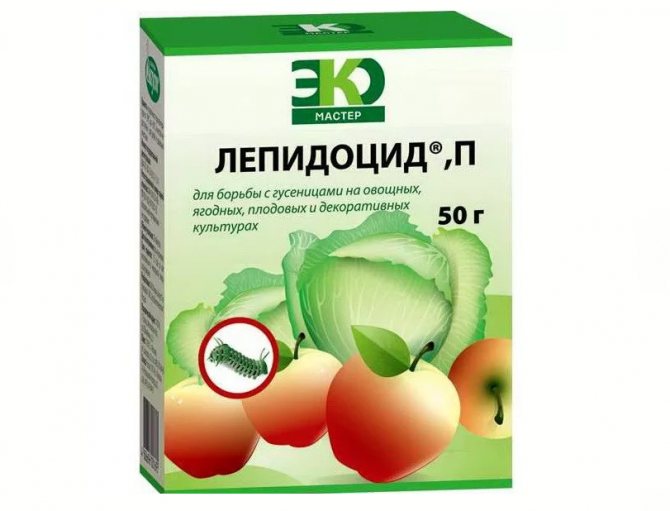

Lepidocide
The biological way of pest control in the garden is the use of special fungi and bacteria. They kill insects naturally without harming people and plants. Ecological agriculture has long since reached a new level of development, and many gardeners use this.
Nowadays, drugs such as Entobacterin, Lepidocid, Bitoxybacillin and Fitoverm. The drug must be diluted in water (50 grams per bucket of water) and sprayed with cabbage. The solution will enter the insect's body during a meal, and will lead to death.
The effect of this method is as follows:
- Germs, bacteria and fungi infect insectswho then get sick and die.
- When pests disappear, microbiological creatures also disappear... Treatment with the drug is performed twice a season with an interval of one week.
- Processing stops one week before harvest.
- The effect of the drug depends on the air temperature... If it is below 18 degrees Celsius, then bacteria will not multiply and the drug will not work. If the air temperature is above 30 degrees, then bacteria can die without starting to act.
Remember: Be sure to choose a time of day for using the drug so that the air temperature is within 18-30 degrees.
Biologicals
With a slight infection, you can use drugs of the 4th hazard class, the action of which is based on the use of nematodes and bacteria parasitizing in caterpillars:
- Bitoxibacillin-BTU;
- Lepidocide.
The prepared solution is thoroughly sprayed with cabbage, trying to get the liquid onto the caterpillars.
The principle of operation of biological products can be briefly described as follows: they contain certain living predatory microorganisms that suppress the activity of pests in a natural, natural way. Biological products are considered completely harmless for humans, beneficial insects, domestic animals, bees, fish, earthworms.
Biologicals that will help fight cabbage butterfly caterpillars:
- Fitoverm,
- Bitoxibacillin,
- Lepidocide,
- Nemobact,
- Entobacterin-3,
- Dendrobacillin.
Fitoverm
Fitoverm contains a substance called "aversectin". It blocks nerve impulses that ensure the functioning of the digestive system, and pests die of hunger. The drug is active against moths, weevils, cabbage whites and scoops, sawflies, leaf rollers, thrips, moths, various caterpillars and ticks.
Spraying of plants is possible during the ripening of the fruit, since the drug decomposes one day after application, but does not cease its effect.The sprayed leaves remain deadly to pests for 1-3 weeks. And the death of most of the pests occurs in the first 5-7 days after treatment.
The disadvantage of Fitoverm is that it does not adhere well to the leaves, therefore it is recommended to add an "adhesive" to the solution before use - liquid soap or shavings of households. soap. The treatment must be carried out regularly, since the preparation is easily washed off by rain.
Bitoxibacillin
The active components of the drug called "Bitoxibacillin" are bacteria, the secretions of which infect pests from the outside, and substances of the spore-crystalline complex, which destroy the pests from the inside. The biological product is capable of destroying pests at different stages of development. They die 3-5 days after treatment. Complete destruction of the pest colony is possible only after three treatments.
Bitoxibacillin fights against: moths, whites, sawflies, moths, Colorado potato beetle, various kinds of caterpillars.
Lepidocide
The bacteria included in the preparation are aggressive against a large number of pest species: cabbage and turnip whites, potato moths, moths, moths, leafworms, silkworms, hawthorns. The biological product deprives them of the ability to eat, move, and complete death occurs after 5-7 days.
Nemobact
Entobacterin-3 and Dendrobacillin are less commonly used to control caterpillars, but nevertheless these drugs exist and are effective against cabbage pests.
Entobacterin-3
Good results are obtained by processing cauliflower with a 0.5% m solution of the microbiological preparation "Entobacterin-3".
Dendrobacillin
Initially, the drug was created to protect the forest from the Siberian silkworm, but it was found that the bacteria are active against scoops, whiteworms, moths, moths and other pests of vegetable and fruit crops.
We have made a short review of biological products that are effective against cabbage. Before use, be sure to read the instructions on the package!
Hand picking
There are many ways to deal with caterpillars, who have what preferences. Some people prefer to collect caterpillars by hand. This is a rather laborious, time-consuming and not particularly efficient method. In this case, it is necessary to inspect the cabbage foliage more often for the presence of caterpillars and eggs laid by them. It is important to start the fight as soon as the first butterflies are noticed. If eggs are laid, it is difficult to remove the inside of the head of cabbage.
We offer you to familiarize yourself with: Folk remedies for aphids on indoor plants
Chemicals
Chemicals solve the track problem quickly and radically. But this method has one big drawback - it is still chemistry, which is not harmless to health. Insecticides kill pests quickly, but re-treatment is necessary to fix the result. If you decide to use these products for pest control, then you need to use them a month before harvest.
The following insecticides are used for treatment:
- Iskra-M is effective against caterpillars in greenhouses and outdoors. The active ingredient, malathion, belongs to the middle class of toxicity for both humans and animals. It acts on insects quickly, disrupting protein metabolism and leading to their death. The protective effect in the open field lasts up to 10 days, in the closed field - up to a week. Consumption of substance: for 10 liters of water - 10 milliliters of Iskra-M. This volume of solution is enough for 20 square meters of the treated area. Insecticides similar in composition - Fenaxin-Plus, Prostor, Karbofot, Alatar.
- Actellic. The active substance of the insecticide is pirimiphos-methiyl, a highly toxic substance of contact, intestinal and fumigate action. The protective activity lasts up to 2 weeks; the drug against the first instar caterpillars living on the underside of the cabbage leaf is very effective.Two liters of working solution are prepared from one ampoule (2 ml.), Spraying is carried out in calm dry weather.
- Decis. The drug, the insecticidal effect of which is provided by the active substance pyrethroid. When processing plants, the nervous system of pests is affected, which leads to their death. The protective effect lasts up to two weeks. Consumption of funds for the preparation of 10 liters of solution - 0.5 grams.
- Calypso. The active ingredient of the insecticide is thiacloprid, it affects the nervous system of insects. The protective effect lasts up to a month. The drug allows you to destroy such pests as cabbage scoop, caterpillar, moth, black caterpillars in the garden. How to get rid of parasites with Calypso? It is enough to spray the plants once with a solution: for 5 liters of water, 2 milliliters of the drug.
- Tanrek. The drug belongs to the class of intestinal contact insecticides. The active ingredient of Tanrek is imidacloprid, which is harmful to most garden pests. The protective effect after treatment is extended up to three weeks. The working solution is prepared at the rate of: 10 liters of water - 5 milliliters of the drug.
- Bacticide is a bactericidal pesticide, the activity of which is provided by the bacterial strain Bacillus thuringiensis. Protects plants from pests and is low-toxic to humans and animals.
- Lepidocide. The drug belongs to the group of microbiological protective drugs for plants. As part of Lepidocide - strains of bacteria and delta-endotoxin, which have a paralytic effect on caterpillars. 0.5 grams per 10 liters of water is an approximate consumption of a substance for preparing a solution for spraying cabbage.


Before you get rid of caterpillars on cabbage heads, you should carefully read the instructions for the preparations. Chemical and biological insecticides pose a potential hazard to the health of humans and domestic animals, and are quite toxic to “beneficial” insects such as bees. If there are signs of drug poisoning, you should seek medical help!
Folk remedies
Measures for the control of whiteworm and scoop are similar. But is it worth spending money on insecticides for cabbage, if folk remedies are no worse, and sometimes more effective. Moreover, their effectiveness has already been tested by many gardeners. Here is a small selection of folk remedies to help you deal with cabbage caterpillars.
- Insects - butterflies fly to the smell of their plant - the breadwinner. This smell can be interrupted by others. Prepare infusions of herbs with a strong smell, for example, with garlic, tansy, bitter wormwood, hot pepper, decoctions of tomato tops. To enhance the effect, add liquid soap to the infusions.
- Throw tattered stepchildren from tomatoes on top of the head of cabbage. Dried ones are replaced with fresh ones, the more you often have to pinch tomatoes. Not dried up stepchildren emit a pungent, unpleasant smell and this scares away butterflies.
- Or prepare an infusion of tomato tops. Pour 2-3 handfuls of tomato tops with 5 liters of water, leave for 4 hours to infuse, then boil for 3 hours, then strain. Dilute the finished infusion, then dilute with water in a ratio of 1: 2, add a little bit of tar soap before spraying.
- Butterflies lay their eggs only on a clean sheet. If the foliage is sprinkled with ash. To prevent the ash from falling off the leaves, stir the ash in a soapy solution, then pour over the cabbage.
- Watering with saline solution. Add 2 handfuls of regular table salt to a bucket of water, and then pour the heads of cabbage with a mug on top.
- The infusion of onion peel will scare off butterflies. A liter jar of onion husks, pour 2 liters of boiling water and let it brew for 2 days. After that, add 2 liters of clean water and 1 tbsp. l. liquid soap.
- For 3 liters of water, add 1 bottle of valerian alcohol tincture (it is sold in a pharmacy), stir and spray the cabbage. Instead of soap, add adhesive to the solution, you can buy it in specialized stores.This solution will not wash off immediately, even after rains. The procedure can be repeated several times per season, and you will get rid of any pests.
- Tobacco dust helps a lot. You can shower the leaves with dry tobacco dust, or you can prepare an infusion. Take 40 g (about 2 tablespoons), pour 1 liter of water and leave to infuse for 2 days. Then strain the solution, add another 2 liters of water. Just before spraying, add 1 tbsp. l. liquid soap.
- Baking soda is a simple and harmless folk remedy for fighting cabbage caterpillars. Spray cabbage leaves with baking soda over dew or after rain. Such a taste will not please the leaf-eating pests of cabbage.
- Another method is described in the video, take a look.
We suggest you familiarize yourself with: Tick-borne encephalitis vaccination side effects in children
What to do to prevent slugs and caterpillars on cabbage: the necessary measures


Prevention - planting calendula and other aromatic herbs
Everyone knows that prevention is better than cure. This popular saying applies to gardeners as well. In order not to lose the harvest from the invasion of slugs, caterpillars and other pests, you need to take care of this in advance. Important preventive measures are as follows:
- Planting scented herbs and flowers... Their smell will scare away pests. You can use calendula, coriander, lovage and celery. These plants also attract beneficial insects to the garden, such as ladybugs and other bugs. They feed on aphids and caterpillars.
- Attract birds to the garden... They feed on insects and help clear pests from the garden.
- Fine spunbond or fine mesh can be used for covering beds to block the way for butterflies to lay larvae.
- Remove weeds thoroughly... They attract butterflies.
- Inspect the cabbage leaves underneath and remove clutches of eggs.
- Monitor plant growth throughout the growing season, feed, process, as a strong plant can withstand the invasion of pests.
- Process seeds before germination... For example, in a baking soda solution: for 1 liter of water, 5 grams of soda. Stir and soak seeds for 24 hours.
When choosing a pest control method, remember that preference should be given to folk methods and microbiological preparations. They are safe for both humans and plants, and the use of chemicals can lead to the accumulation of carcinogens - dangerous substances for human health. Remember that there is no place for pests on well-groomed land. Clear the garden from weeds, attract birds, process crops in a timely manner, if necessary. Have a good harvest!
Know the enemy by sight: caterpillars that pose a threat to cabbage
At first glance, the easiest way is to collect the pests by hand. However, mechanical harvesting of caterpillars is ineffective; moreover, their poisonous secretions on contact with the skin can cause an allergic reaction.
In middle latitudes, the larvae on cabbage leaves most often lay 4 species of butterflies. To develop the right pest control tactics and take effective measures, you need to get to know the enemy better and find his vulnerabilities.
Cabbage moth
The insect lives for 30 days, it is thermophilic, migrates with the wind, and is nocturnal. Butterfly summer begins in April, when the night temperature does not drop below +10 ℃. The moth lays up to 400 eggs per life on the underside of cabbage leaves.
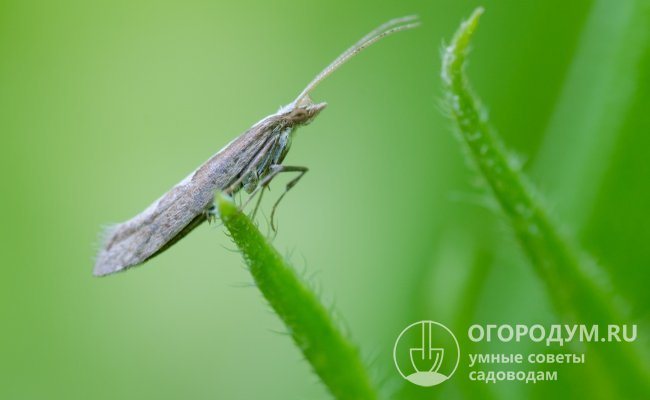

Cabbage moth looks inconspicuous - a small grayish moth
Small yellow larvae can exist inside the leaves, gnawing through the tunnels. Adult caterpillars come out - dark brown in color, 12 mm long. Pests pose a particular threat to plants in the leaf rosette phase - as a result of damage, the head of cabbage may not set.
Cabbage scoop (bat)
Moths are gray-brown butterflies with a wingspan of up to 5 cm.River floodplains and humid areas are especially fond of. For 3 weeks of life, it manages to hatch up to 2700 larvae. Bat caterpillars are dangerous primarily for early cabbage. Young green larvae with age change color to brown-brown with a yellow stripe. They can grow up to 5 cm.
The larvae eat the leaves, leaving only large veins, and gnaw out passages in the head of cabbage. Their excrement causes the plant to rot. Insects feed at night, during the day they hide in a head of cabbage.
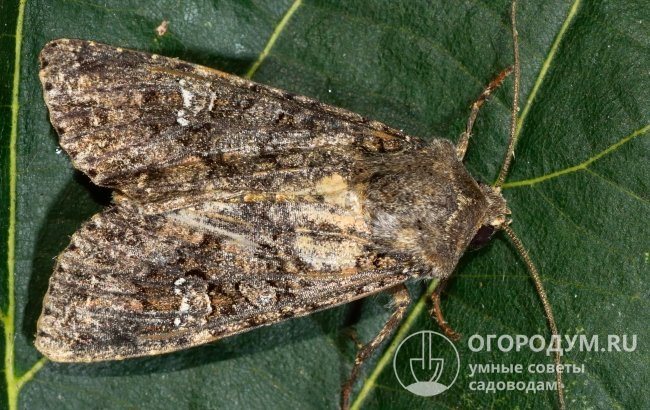

The cabbage scoop gets its name from its nocturnal lifestyle and colors that resemble those of owls.
Cabbage moth
Small moth. Lays up to 60 eggs. Young larvae are light green. With age, the color changes: individuals become greenish-yellow, along the back they have two rows of warts with hairs, the head is green. Caterpillars are most active in July and August. They inflict the same damage on the plant as the cabbage scoop.
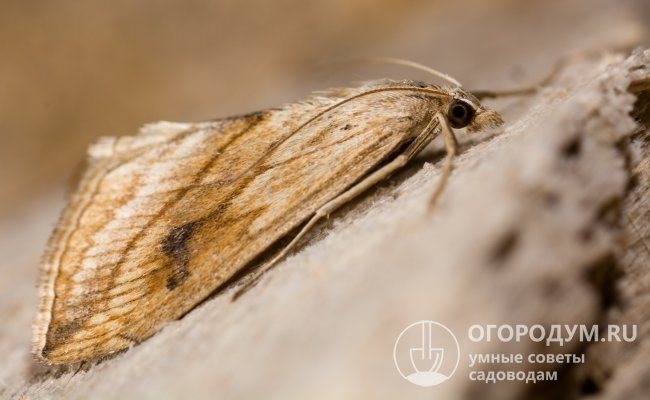

The cabbage moth got its name because of its dirty yellow or orange color, as well as because of the gluttony of its larvae, which "burn" plants without fire
Cabbage and turnip whites
Cabbage white, or cabbage, is a daytime butterfly with white wings with dark spots.


White butterflies, unlike their larvae, feed only on nectar and pollen from flowers
They are especially active in hot weather. The female of the cabbage lays eggs on the lower leaves of the plant in heaps of up to 200 pieces each, the white turnip first lays an egg in one part of the leaf, then several eggs in other parts of the same leaf.
It is easy to determine the caterpillars of the white-haired woman: their length is up to 5-6 cm, the body is green, has longitudinal stripes, is covered with sparse hairs, the gland on the neck secretes a poisonous liquid.
The larvae are gluttonous (especially in the middle of summer), gobble up the cabbage leaf from the edges, leave excrement, because of which the vegetable begins to rot.

